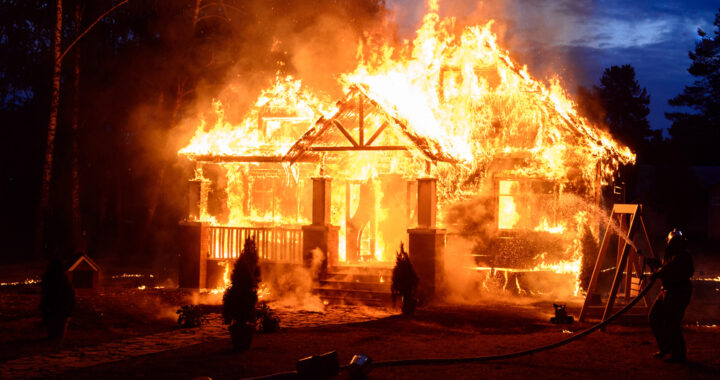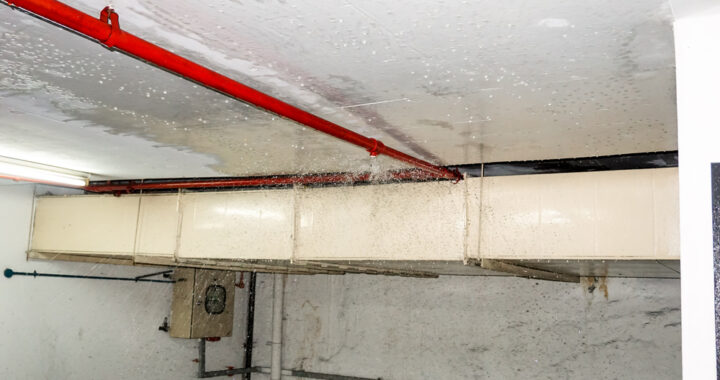A recent case out of the Eleventh Circuit denied an underground contractor’s claim under what appears to be a commercial property installation floater policy (inland marine coverage) that covers the contractor’s materials. Whereas a builder’s risk policy is more expansive, an installation floater is narrower and can provide protection to a contractor for materials and equipment in transit, stored, or being installed subject to the terms of the installation floater policy. It can provide coverage to a trade subcontractor for materials that aren’t covered by builder’s risk.
In Travelers Property Casualty Company of America v. Talcon Group, LLC, 2023 WL 8798053 (11th Cir. 2023), an underground utility contractor that had a general contractor’s license had an installation policy that provided coverage “only for underground utility operations and the site development work tied to those operations.” Talcon Group, supra, at *1. The utility contractor was constructing two residential homes that was on land owned by an affiliated family entity. During construction of the residential homes, a wildfire destroyed the homes prior to the issuance of certificates of occupancy. The utility contractor submitted a notice of loss to its insurance carrier that provided the installation policy. The carrier denied the claim because the construction of the homes was NOT the same type of work as the installation of underground utilities which was covered. An insurance coverage lawsuit ensued.
In analyzing the issue, the court look at the insurance application. Under the “Installation/Builder’s Risk Section,” the contractor selected “Installation,” did not identify any value for residential projects, and was accompanied with an email identifying it predominantly performed water and sewer line work. It identified that 98%-99% of its work was underground utility and 1%-2% was site development, and 0% was residential.
The insurance application is important because “[e]very insurance contract shall be construed according to the entirety of its terms and conditions as set forth in the policy and as amplified, extended, or modified by an application therefore….” Talcon Group, supra, at *4 quoting Fla. Stat. s. 627.419(1). This means “[t]he application becomes a part of the agreement between the parties and the policy together with the application form the contract of insurance.” Id. (citation and quotation omitted).
The insurance policy itself defined the term “Installation” as “[p]roperty described in the Declarations under ‘Installation’ owned by you or property of others for which you are legally liable, that you or your subcontractors will install, erect or fabricate at the ‘job site.’” Talcon Group, supra, at *3. In the Declaration, nothing identified the residential homes or that it was performing work at the job site of the residential homes. The insurance carrier moved for summary judgment and prevailed that there was no coverage under the installation policy for the residential homes.
The Eleventh Circuit Court of Appeals agreed: “When the Policy is read together with [the utility contractor’s] renewal application, the only reasonable interpretation is that the scope of coverage did not extend to the construction of the two residential homes.” Talcon Group, supra, at *5. Moreover, the Eleventh Circuit found that the utility contractor’s reading of the installation policy was unreasonable:
[The utility contractor’s] reading would simply require [the insurer] to cover any one-off construction project wholly unrelated to [the contractor’s] underground utility or site development work – again, the only types of work disclosed or provided in the renewal application and Policy. … Coverage would follow if [the contractor] decided to install a skylight at a mall, repair the roof of a church, or construct a skyscraper from the ground up. [The insurer] would be on the hook for any number of such projects, even though they were not disclosed in [the contractor’s] application, contemplated by [the insurer], or provided for in the Policy. Taken as a whole, the Policy [and the contractor’s] renewal application do not support such a reading.
Indeed, the only reasonable reading of the Policy and the renewal application is that [the insurer] provided coverage for [the contractor’s] underground utility and site development work. The construction of the two residential homes is neither of those items and is not covered by the Policy.
Talcon Group, supra, at *6.
Please contact David Adelstein at dadelstein@gmail.com or (954) 361-4720 if you have questions or would like more information regarding this article. You can follow David Adelstein on Twitter @DavidAdelstein1.
did




